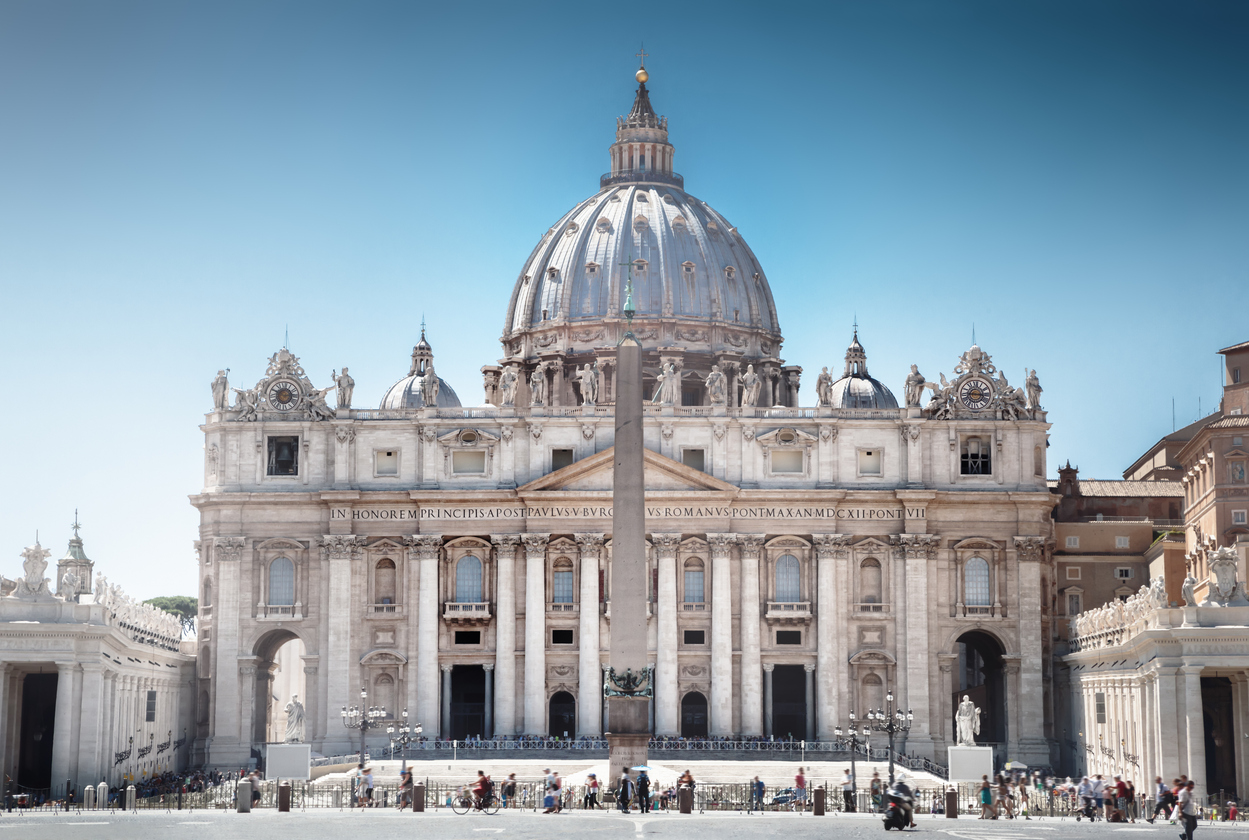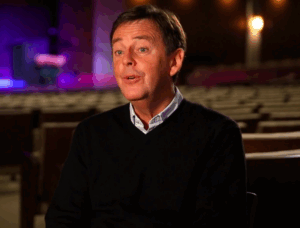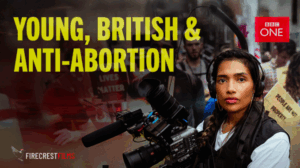
The selection of a new pope is a process steeped in tradition and mystery, yet the steps involved are meticulously defined. While the discussions remain confidential, the mechanics of the election are well documented.
To be eligible for the papacy, one must be a male within the Roman Catholic Church. Despite the broad eligibility, historically, the role is filled by one of the serving cardinals.
Who will choose the next pope?
The College of Cardinals holds the responsibility of electing the new pope. Comprising 252 members, only 135 cardinals, those under the age of 80, are eligible to participate in the conclave to vote for the successor of Pope Francis.
In the 2013 conclave, two eligible cardinals abstained from voting due to personal reasons, including health and admission of misconduct.
When will the election be and how long will it take?
Following the death of Pope Francis, the conclave will convene between 15 and 20 days later. Although the election usually spans a few days, history has recorded instances where the process extended over years.
How does the vote work?
The conclave is conducted under strict secrecy, isolating cardinals from external influences. Each cardinal writes their vote on paper and deposits it into a designated ballot box. To elect a new pope, a candidate must secure two-thirds of the votes.
If no candidate achieves this majority, additional voting rounds are held. Unlike secular elections, there is no immediate elimination process for candidates with fewer votes; voting continues until a decision is reached.
What is the business with the smoke?
Black smoke is emitted following an unsuccessful election, indicating the absence of a new pope. Conversely, the appearance of white smoke signifies the election of a new pope, marking the beginning of a new chapter for the Church.
This article was originally written by www.christiantoday.com






